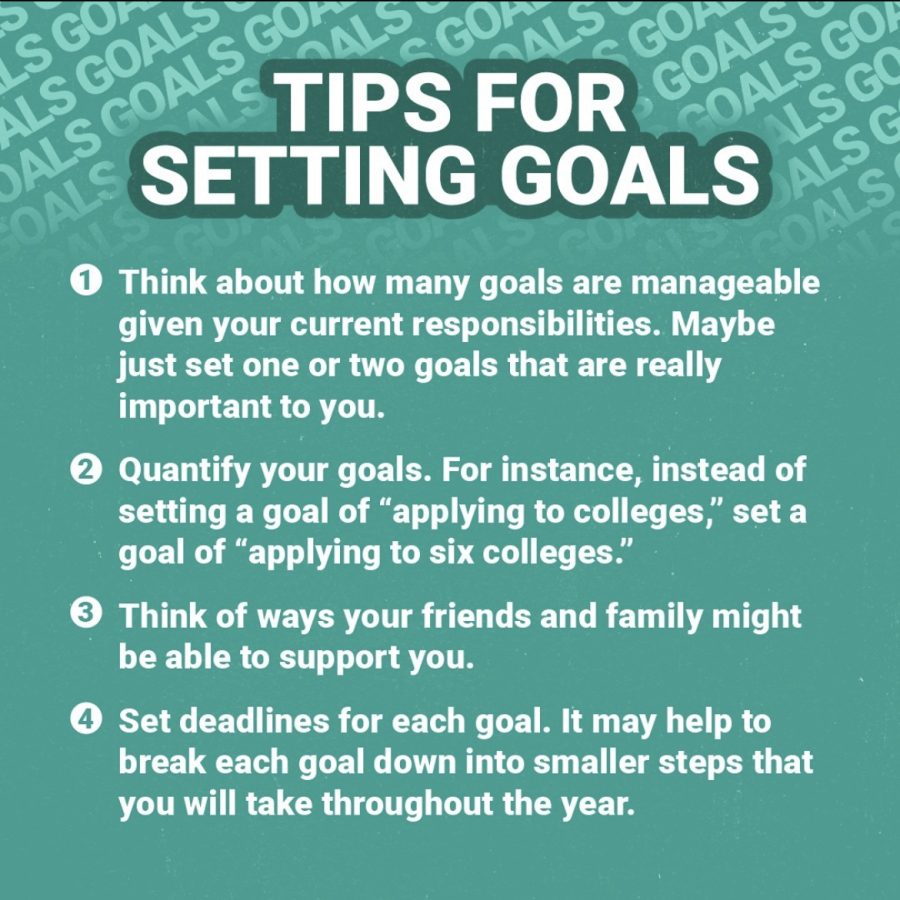Student’s guide to AP course selection
College Board posts tips for setting goals and managing time which is imperative when deciding your AP load when scheduling each year.
June 9, 2022
Hey, how many AP’s should I take this year? This question has circulated throughout WCHS each school year. Many students struggle with their schedule and never know how difficult they want it to be. Here is a guide to the recommended amount of AP’s a student should take each year and high school and why.
Freshman year:
Freshman students have just entered an entirely new environment with new teachers, a new level of competitiveness and a larger workload that would have never been seen in middle school. With many freshmen unaware of the difficulty that high school brings over middle school it may be the smarter option to start off slow.
Zero to one AP’s for freshman year is the perfect amount. If a student takes zero AP’s freshman year, that is totally okay. You are new to the school and want a similar approach to it as it was in middle school. If students decide to take the risk and join an AP class, WCHS offers a few easier options for freshmen such as AP Computer Science Principles and AP US History. It may not be the hardest class, but it will let new students dip their feet into the tougher classes high school has to offer.
Sophomore year:
Now is the year to kick things into drive and bring on the harder classes that freshman year has prepared for. This is a great year to test the waters with one to three AP’s as students are no longer new to the school and are not busy with the SAT and ACT like the juniors. At this point in time sophomores have started to meet teachers, understand grading policies and strictness and have really gotten into a rhythm with the high school system.
Many interesting classes are also opened up to sophomores like AP US Government and Politics and AP Human Geography. Sophomores have had a whole year to learn how to manage their time as well with sports and extracurriculars so that they can handle a larger workload and challenge themselves with more difficult classes
Junior year:
The final push, the last year before college applications. If students did not yet kick things into overdrive sophomore year now is the time to do so. Two to four AP’s is a solid amount as this is students last chance to display their drive for success before they fill out their applications and hand in their GPA. Almost every AP class is offered for juniors and many are quite interesting for more specific majors that students could have in mind for college.
Although the SAT might take a large toll on juniors, they have had two years in high school already and have hopefully learned their limits for managing work. Juniors can still take more than what is recommended above, but it could be a struggle and carry an overwhelming amount of stress on one’s mental health. Be warned.
Senior Year:
There is little need for senior year AP’s as college applications have been almost filled in and classes are important from a different perspective. Students should take classes that they are interested in, not based on merit or difficulty. It is a perfect opportunity for seniors to hone their skills for whatever they want to do later in life or in college. Colleges only see the first semester of senior year and as long as you don’t fluke out, all will be fine.
AP’s are a core aspect of high school education and the college process, it can be a blessing if students are prepared or a curse if not. Figure out your comfortable work load early on and build up slowly.



